Helpful Tools Squirt bottle - filled with water is ok, filled with diluted vinegar is more effective. Treats - high value treats for the off leash dog and/or to reward/distract your dog. Pet Corrector/Air horn - you will need to desensitize your dog to the sound of this before using this on other dogs. Otherwise, you may build a fear response that your dog will associate with other dogs.
Pepper spray/gel - be aware there are some liability issues with this one if the spray/gel gets on another person (especially a child). I do prefer the gel because there is less back spray. Walking stick/tennis racket - or something long you can use as an extension of your arm. Taser walking stick/cattle prod - the vast majority of dogs won't need something this drastic and those that do may not be phased by it. You can certainly give it a shot if it helps you feel safer though. Some people have said that just the crackling sounds these make will scare off dogs. Muzzle - I'm a huge fan of muzzle-training for a variety of reasons, but using a muzzle kind of sucks in this regard. The reasons being - 1) if your dog has a bad experience while wearing a muzzle they might not like their muzzle anymore, 2) your dog is unable to defend themselves if they're attacked. While they shouldn't have to and you should be the advocate for your dog, things don't always work out that way. Imagine being attacked by someone with a knife while your hands were tied behind your back. Not fun. I'm bringing this up here though because you can use a muzzle as an effective management tool if done correctly and because if an off leash dog attacks your dog and is harmed, a judge is almost always going to side with the dog who was muzzled. Management Always be present and aware of your surroundings when out with your dog. Try to avoid blind corners or tight spaces where you'll be trapped. If needed, place your dog in a wait, then walk ahead of them to check to see if things are clear to move forward. Don't take your dog to places where other dogs are off leash. If you get to a park and you see off leash dogs, either politely ask the owner to leash their dog before you get your dog out of your car, or find a different park.
If you cannot physically manage your dog (they pull excessively on leash, they're reactive around other dogs, they like to chase people on bikes, etc) please seek professional help from a qualified dog trainer. Do NOT walk your dog by yourself. If you are like a few of our clients (or like Haylee) and just seem to run into off leash dogs wherever you go, take 1-2 extra people with you to help ward off other dogs. Learn dog body language. This is something you should learn if you have a dog anyway, but it's great to know what might be going on in an unknown dog's head as they approach you. Is their body language friendly and derpy? Is it stiff and intimidating? Are they locking eyes with your dog and barreling straight toward them? Are they coming 5 steps forward then 2 steps backward and repeating that pattern as they approach? What could this all mean? The more knowledge you have, the better equipped you'll be to deal with a variety of situations. Considerations How you manage an off leash dog and which tools you'll use each time will vary depending on each encounter. Unfortunately, you won't often be familiar with these dogs and their behaviors so you'll need to make snap decisions based on educated guesses and your gut. Sometimes you'll be wrong. The more you practice and learn about dog body language, breed tendencies and how your own dog responds to different types of dogs, the more often you'll be able to make the best decisions. One of the first things to note is the size of the dog. Size in no way determines behavior or likelihood for aggression, but size does mean they can probably inflict a lot more damage should they choose to. I'm less willing to mess around with larger dogs - especially more powerfully built dogs.
Is the dog likely to cause harm? This is a difficult question to answer, but you can make some educated guesses based on body language and breed. If the off leash dog is a terrier type or powerfully-built type, these dogs may not get along with other dogs as well. Many of the larger, powerful breeds were bred for independent work (not cooperative work with other dogs). Most terriers still think it's fun to kill small animals (which is what they were bred to do). This doesn't mean that every dog like this won't get along with other dogs or that dogs who don't fit into these categories can't be dog reactive/aggressive. Herding breeds are actually known for anxiety and reactivity when they don't have a job. Does the dog have loose, wriggly body language? Are they giving play signals like bowing, high-pitched barks, jumping, or other exaggerated movements? This dog is probably friendly. Does the dog have stiff movements, lowered head, hard stare, hackles up, teeth barred, stiffly wagging tail? This dog is probably scared, unsure or warning you/your dog to back off. What about your dog? Do they like other dogs? How do they respond to meeting other dogs? If they love everyone, you won't have to worry about many off leash dogs because many of them truly are derpy and friendly. You'll still want to avoid off leash encounters to teach your dog to focus on you when out and about and you'll still want to avoid the unfriendly off leash dogs. But less stress for you! Yay! If, like us, you have a dog who doesn't want to be best friends with everyone and is willing to throw down if another dog gets in their space for too long, you'll want to avoid encounters from ALL off leash dogs. Owners of off leash dogs aren't always around. Even if they are, you have to assume they'll be mostly useless in retrieving their dog before the dog gets to you. In our experience, less than 10% of the time have owners been able to recall their off leash dog away from us and our dogs. You'll have to decide to what extent you want to interact with off leash dog owners if they are present. ALWAYS advocate for you, your dog and/or your kids. We've found that being rude is seldom productive, but you can be kind and firmly hold your ground. Practice various scenarios and interactions in your head or with a partner so you're better prepared when they actually happen. Decide ahead of time whether you'd like to get away with minimal interaction, you'd like to kindly educate the person (who probably won't respond well) and give them a leash or if you're willing to try catching an off leash dog and calling animal control to come get it (once your dog is secure). Actions Here's a list of more common actions you can take, starting with less intrusive options and working up to more intrusive and aversive options. Again, you'll need to decide which tools to use and which you're more comfortable using depending on each situation and the needs of your own dog. 1. Use your most authoritative voice to loudly back them off. Take a purposeful step toward them and yell "Go home", "Back off", "No!", "Eh! Eh!" or whatever makes you feel the most confident. Let them know you aren't happy about them being here and you mean business.
4. Startle them away with a can of Pet Corrector, an airhorn or a rapid-open umbrella. Pet Corrector (or similar products) are very portable and effective at startling strange animals. Note that if the dog recovers fairly quickly after being startled, the approach probably won't work again. Switch to something else. 5. Use a walking stick/tennis racket as an extension of your arm to ward them off or swing at them. It's often helpful to combine this with step 1. You can also pick up a rock and throw it near the dog, or pretend like you're going to throw it if you don't have one. Most dogs recognize what it looks like when you're about to throw something. 6. Some people swear by taser walking sticks or cattle prods since these are longer and cause brief, but intense, amounts of pain. A few people have mentioned that just the crackling noise they make once you activate them will scare off some dogs. These can be great for personal protection as well, but they're more expensive and awkward to carry around. I would try other options before this one. 7. Pepper gel/spray or bear spray is another option that's ready available and portable. As mentioned above, you have to be somewhat careful about liability with the spray and it can cause permanent damage. I would use this as a last defense and even then, try to aim for the front feet/legs if possible. You may need to try multiple things before convincing an off leash dog to leave. Or, you may find a combination of things is more effective for some dogs. Whatever you decide to use, always practice going through the motions with and without your dog. If you have a carabiner at the end of your dogs' leash and you're alone, use that to clip them to a nearby fence or quickly wrap them around a nearby object to secure them so you can focus solely on the off leash dog. Ideally, you would also be working on teaching your dog a rock solid stay so you can just place them in a stay behind you while you deal with any off leash dogs for them. You can also walk them back to your home, your car or a fenced yard. If you feel so inclined and once your dog is secured, you can use a slip lead (keep one in your car or in your treat pouch/pocket) to try to catch the off leash dog. Note that catching an unknown dog comes with liability - they may bite/scratch, carry disease or parasites and/or the owner might get mad at you for catching their dog for them. Unless you feel confident in your dog-handling skills and you're willing to accept the risk of disease and parasites, don't attempt to catch an off leash dog. If you do catch an off leash dog, you can try to locate the owner and return the dog or call animal control or your local non-emergency police dispatch. If your dog has a history of getting into scuffles/fights with other dogs, especially if they have a bite history, consider teaching them to wear a properly fitted muzzle on walks. This reduces your liability and can increase your confidence, knowing your dog is less likely to harm others. If you choose this route, you must be able to advocate for your dog and handle off leash encounters (or on leash encounters) for them. We highly recommend walking with a friend to help you. This Facebook group is a great resource if you're new to muzzles and need help finding and sizing the right one for your dog. If All Else Fails So what happens if nothing works and the off leash dog gets to your dog? Don't panic. Many times you can get out of it without any altercation still. 1. Immediately relax your dog's leash if there's any tension on it. Drop the leash entirely if your dog isn't a flight risk. Dogs do much better greeting other dogs when they can move around freely and use natural body language to communicate intentions. 2. Breathe. Is the owner of the other dog nearby? Call them over. If you can't spot them and there are people nearby, loudly ask "Can I get help with this dog?". If no one's around, go to step 3.
4. Once you've put some distance between you and the off-leash dog repeat the Action steps for off leash dogs as necessary until you're safe or until the owner secures their off leash dog. If at any point a scuffle (I call them yelling matches because they're loud and scary but usually don't result in injuries) or a fight breaks out, see the Fight Protocol blog post - or contact us and we'll send you a handout. Rarely, but it does happen, there are dogs who are so intent on doing harm that very little will deter them some of these tools make even increase aggression. The odds of running into one of these dogs are small, but not zero. If you encounter one of these, scream for help and do what you need to do to protect yourself and your dog. Check your local laws on what your options are to protect yourself from off leash dogs. In many areas, lethal force is allowed. How to Make a Change
Conclusion
0 Comments
Flexi leads are well known for increasing or causing problem behaviors, snapping under tension, causing burns/lacerations and otherwise malfunctioning at the worst possible moment. Your best bet if you have one is to toss it and learn to use a long line and harness instead (which we'll be happy to teach you and your dog how to use if you'd like). But my dog is friendly and loves everyone. Why can't they be off leash? We love that your dog has an outgoing personality. Unfortunately, not every other dog does. Just like people, dogs have a range of personalities and interaction histories. If your dog accidentally runs up to another dog who hasn't had great experiences with other dogs and may think they need to fight for their life, this could end very badly for both dogs. Even if no physical damage is done from an altercation, one or both dogs can come away with multiple behavior problems. These can escalate over time, especially with multiple incidents. Not all people love dogs either. Some are allergic and can't interact with animals safely. Others have trauma and are fearful of animals. And others are just horrible people who hate animals. Just kidding. But for real, it's rude to let your dog run to random people and except everyone to love attention from your dog. For people and dogs who have past trauma with other dogs, just seeing an off leash dog can be trigger. Be mindful that public spaces are there for everyone to enjoy and leashing your dog is the law in those spaces. If there are others around, your off-leash dog may be causing them to feel unsafe. I know we sound like sticks in the mud, but we both love animals and chose to work with them professionally. We both still have some anxiety around off-leash dogs because between the two of us, we've had these experiences from off-leash dogs (as children and adults): - 1 bite to the face - 2 cats killed - 1 bunny killed - chased multiple times when on walk with a toddler - both rushed too many times to count when walking personal and client dogs My dog is really well trained. Why can't they be off leash?
We see this a fair amount. We've seen dogs on all sorts of training tools fail to understand and bolt over to something more exciting (like another dog, a duck pond, someone on a bike, etc). We've seen dogs from other trainers do this. We've seen dogs who have obedience titles do this. There's another part of the equation. To quote a friend, "dogs are basically toddlers with superpowers." You can't always expect them to make the best choices. Even if you've done the work with them. Also, dogs have off/bad days just like people do. Unless you're really tuned into your dog and reading their signals, you may not know if they're capable of the same behaviors, decisions and impulse control they were yesterday. There's no one else nearby and my dog is focused on their toy. Why can't they be off leash?
Why don't people just keep their aggressive dogs at home so everyone else can enjoy places with their dogs off leash then? We get this attitude and mentality a lot. It's a good question with a complicated answer having to do with why dogs are no longer as dog social and dog tolerant as they once were. Gone are the days when people let their family dog out loose to roam the city with other family dogs each day. Our culture and habits have changed and that has effected our canine companions. It would be interesting to go back and study canine behavior and social patterns during those times for sure. But I digress. Today, less than 10% of dogs are truly dog social. Maybe another 40% are dog tolerant. Meaning about 10% of dogs are social butterfly who love almost all dogs and about 40% of dogs tolerate most dogs but would probably be happier doing something else. The rest are either dog selective (which we are seeing more and more of) or dog aggressive (which is not super well-named because it's misleading, but we'll go with that for now). That means that according to today's numbers, HALF of all pet dogs would never be allowed to enjoy public spaces and another 40% would much rather enjoy those public spaces without being constantly pestered by strange dogs. Only 10% would love to run around free and say hi to all the dogs. That's not going to work is it? It's much easier to be considerate and accommodate the needs of the majority of dogs AND people who would enjoy boundaries and consensual interactions.
There are leash laws in most parts of the US and in many other parts of the world as well. Those leash laws, whether you agree with them or not, are there for the collective safety of everyone. Unfortunately, not every dog is dog friendly. Even if yours is, the dog on leash that your dog runs up to may not be. Many children (and full grown adults we might add) don't know how to behave around dogs and can easily contribute to behavior problems and escalating situations. Many dogs simply don't have enough experience and training to make good decisions out in public (or often at home either).
However, there continues to be an epidemic of people who let their dogs off-leash. If you fit into the category of dog owners who feels strongly about needing to take their dog off-leash in leash law areas, first - we DO NOT condone this - there are other ways and places to give your dog the enrichment they need second - if you MUST, at least do so with a solid set of safety parameters in place to prevent as many incidents as possible. Off Leash Safety Rules 1. Do not take your dog off leash if they don't have a solid recall (Come cue) in all locations and contexts. 2. Do not let your dog off leash if they don't have a solid leave-it cue in all locations and with all objects (greatly preferred they also know this cue with other animals and people). Leave-it DOES NOT mean leave it alone until mom/dad gets distracted and then I'll try again. If your dog continues to try to get to something they've been told to leave, leash them immediately. 3. Don't let your dog run up to unknown dogs and people. Just as you wouldn't run up to random dogs and strangers or let your kids run up to random dogs and strangers, don't let your dog either. It's rude without asking first. Some people are scared of dogs. Some dogs are scared of other dogs. Honestly, it's safer for your dog and better for your bond with your dog to not let them greet other dogs and people without a purpose. 4. Do not take your dog off leash if there are other unknown dogs within sight. I know. It's annoying. But this is a huge one. We've worked with so many clients that have massive behavior issues, trauma and vet bills that could have been avoided if this had been followed. I can't tell you how many times we've had dogs charge our personal dogs, client dogs and classes from across an entire park once they spotted us. 5. If you're going to take your attention off your dog to talk with a friend, work with another dog, pick up your phone, etc, your dog goes back on leash. 6. Always have a leash, treats and/or toys on you! This sounds like a no-brainer, but it's insane how many people we've had to give a leash to because they didn't have one. It's insane how many people have no game plan to get their dog back if they decide to run off. Make sure you have something your dog really likes and see rule 1. But also, dogs aren't robots and you can't train 100% for every context. Odds are decent that even a well-trained dog will eventually find something more interesting than you. Always have a back-up plan and never get cocky. 7. Don't let your dog off leash around large groups of people, lots of kids or playgrounds. Again, I know. Your dog may love people, but the risk for trigger-stacking is way too high and liability skyrockets around kids. And honestly, our experience training service dogs out in public is that a lot of people just aren't trustworthy around dogs. It's easier to advocate for your dog and keep them safely out of trouble if they're leashed and next to you. We hope this helps create a safer environment for people and their dogs. As always, we are open to answering questions and would love to chat with you!
|
Kat & Haylee
Just a couple of animal geeks trying to make the world a better place. Archives
February 2023
Categories
All
|
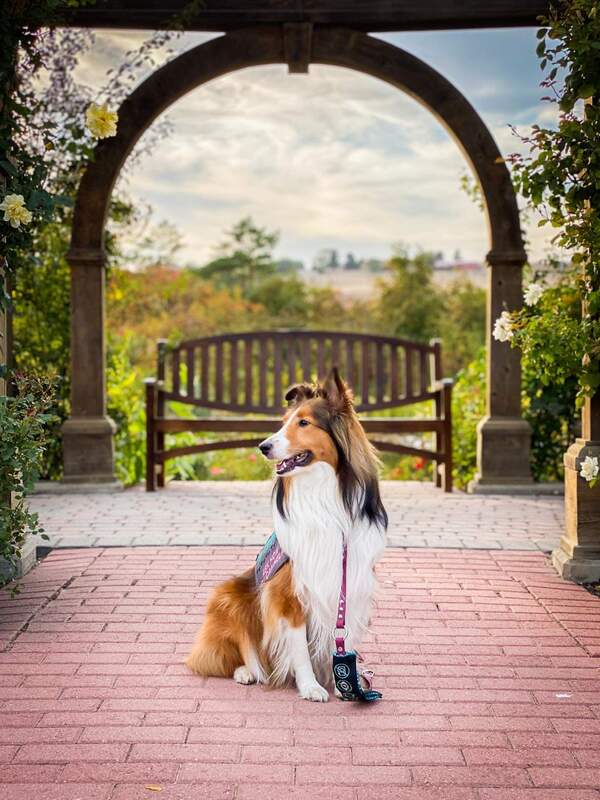
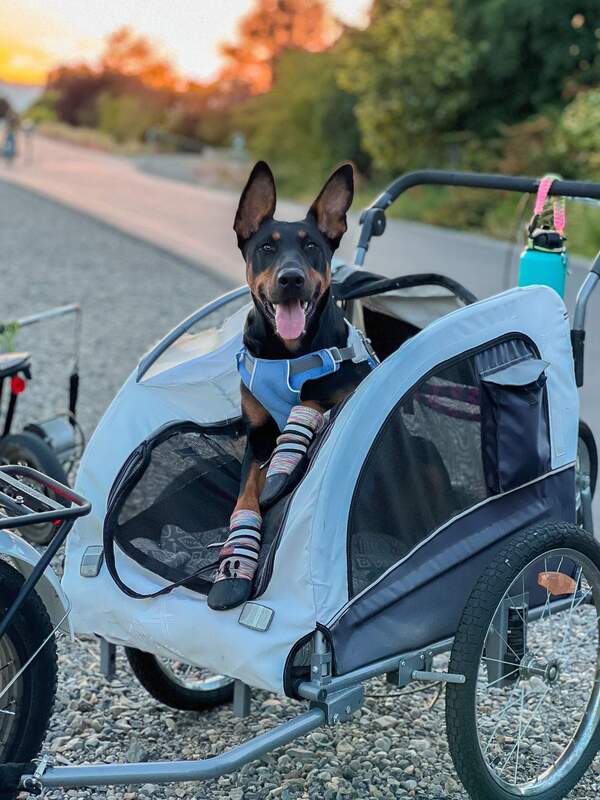
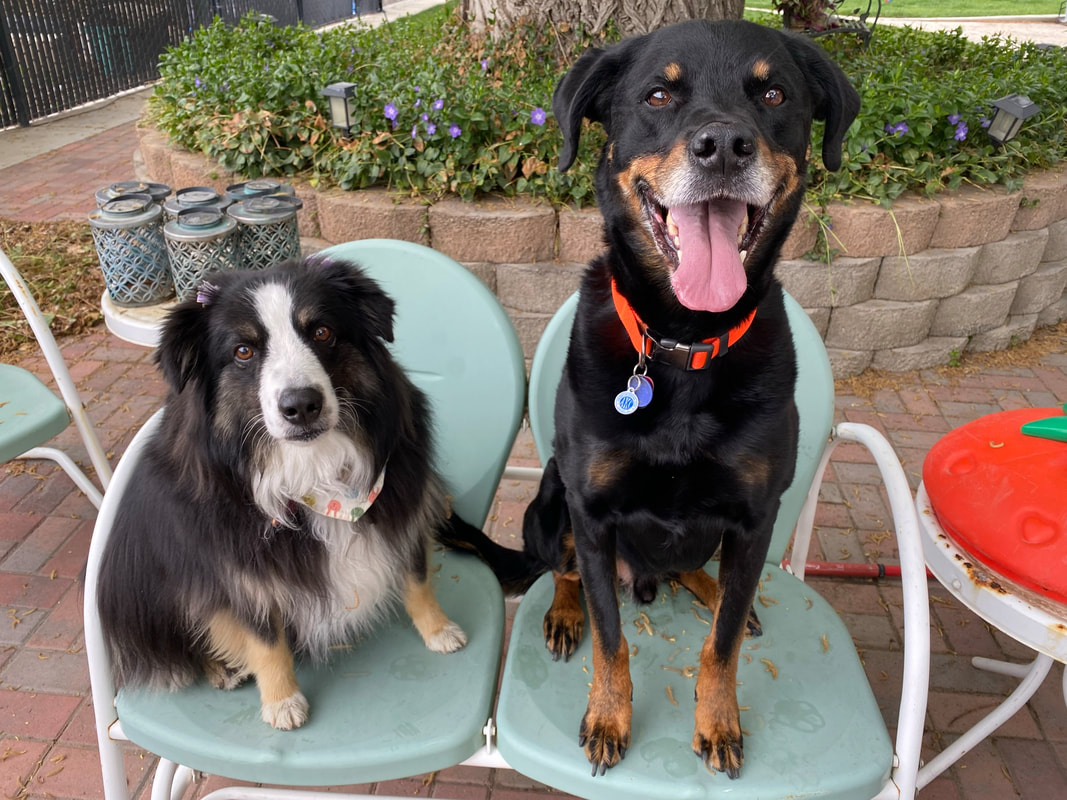
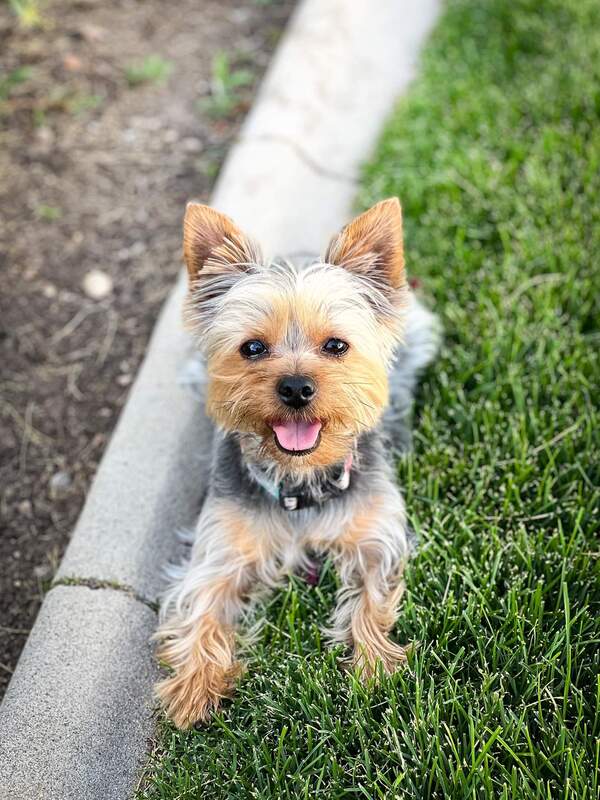
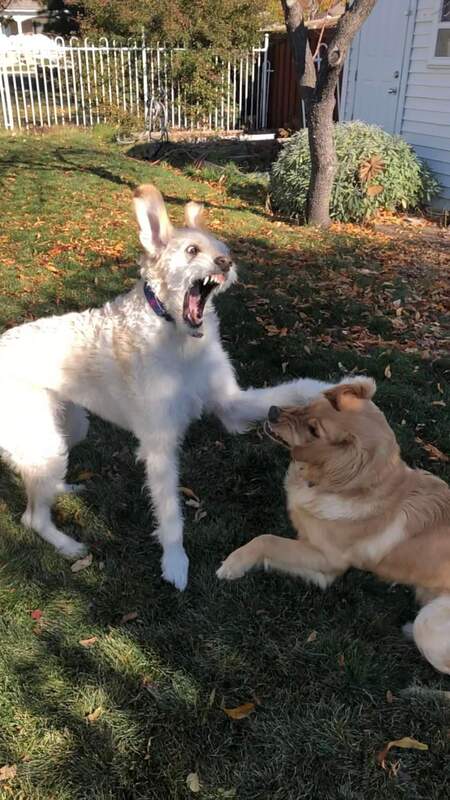
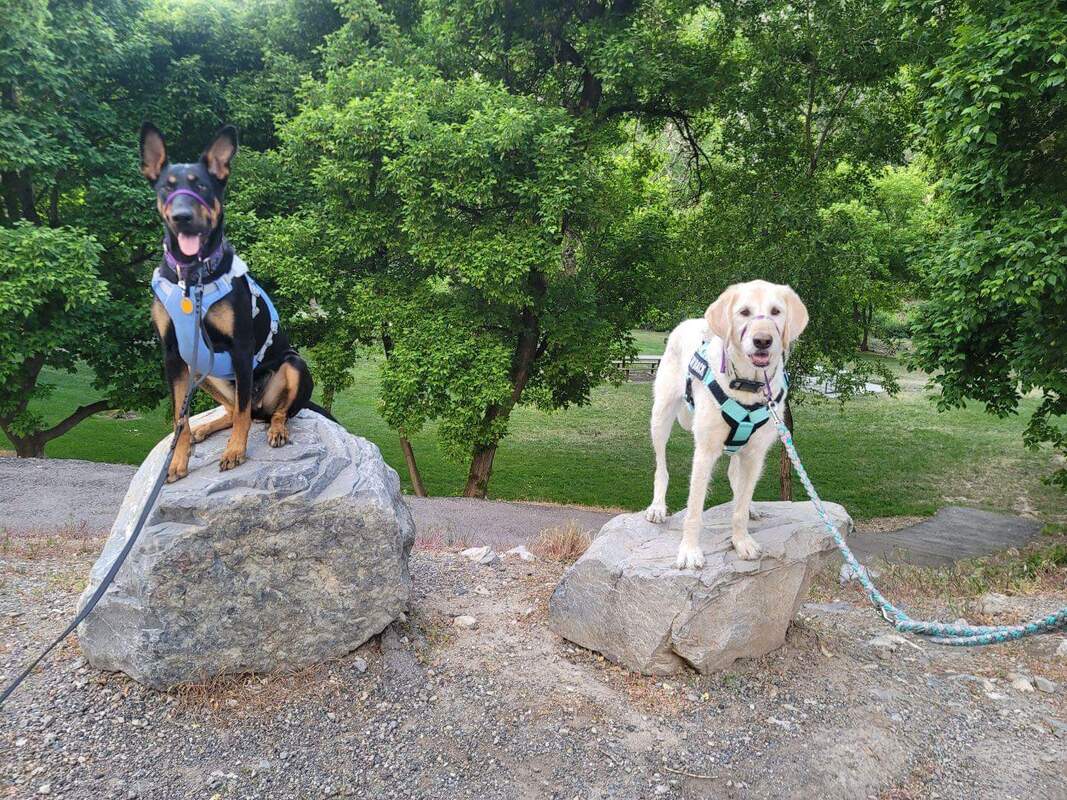
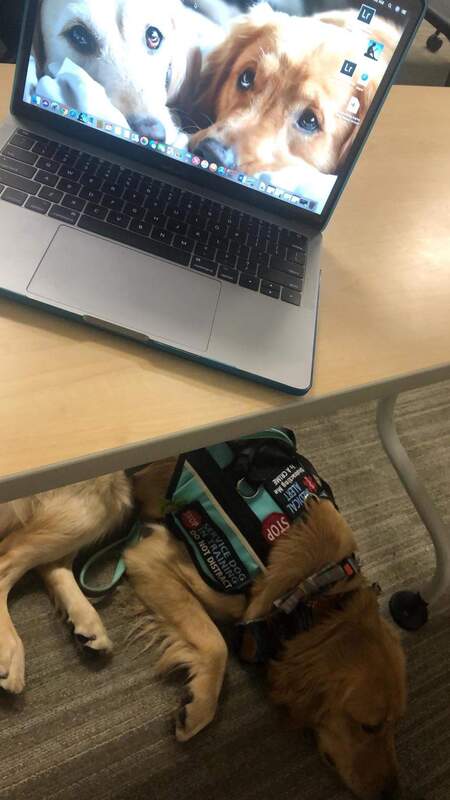
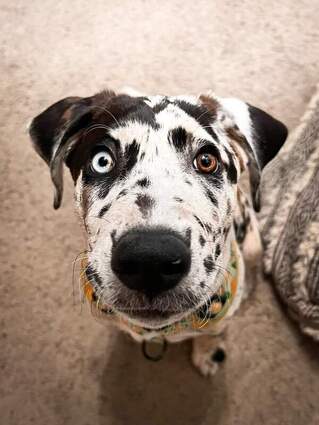
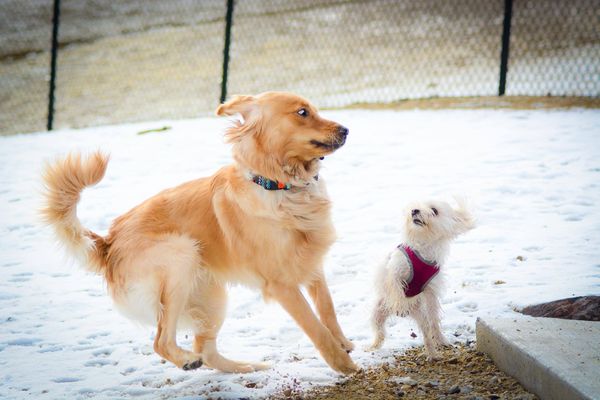
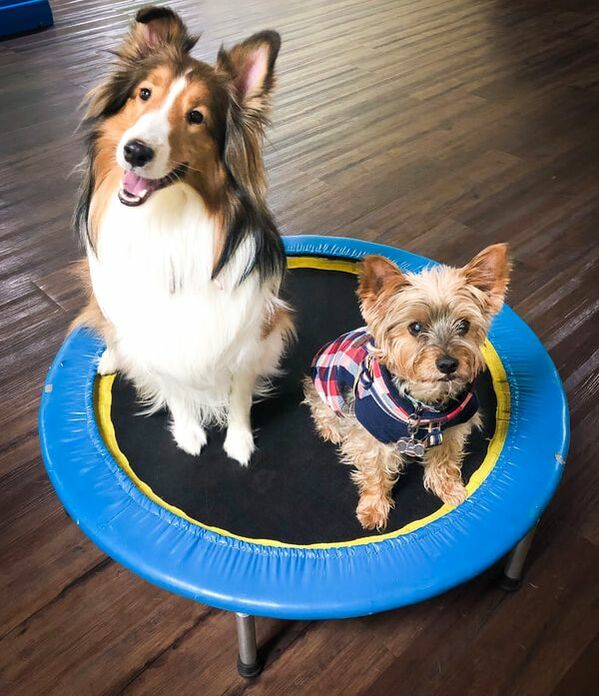
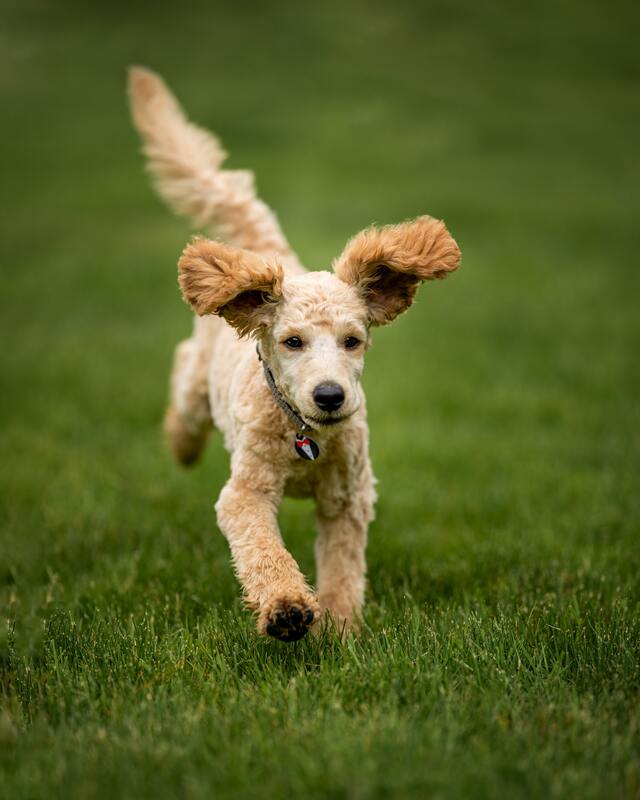
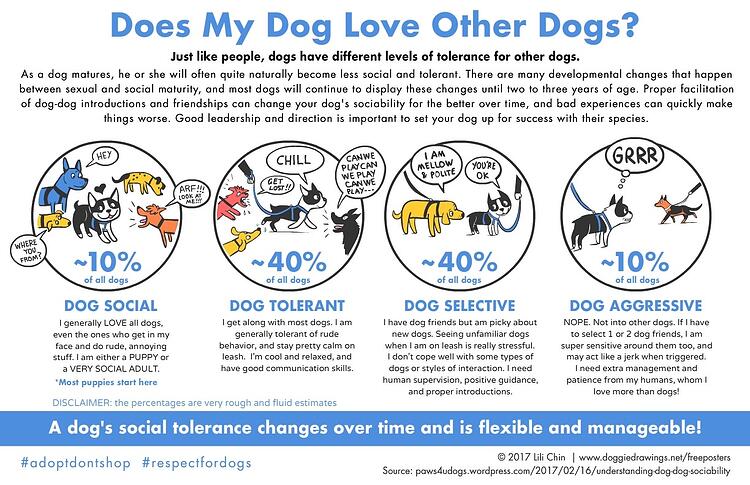

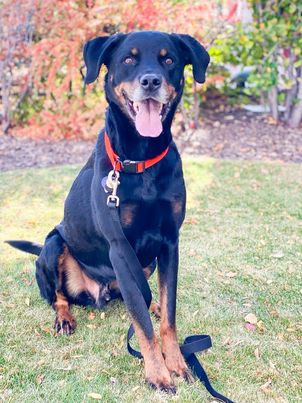
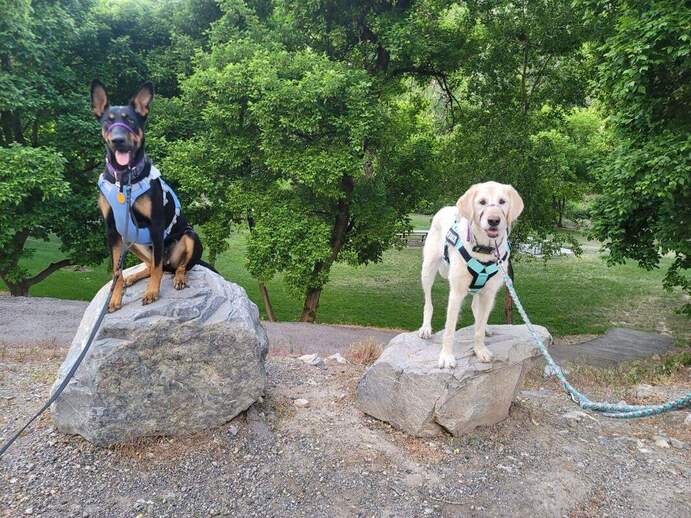
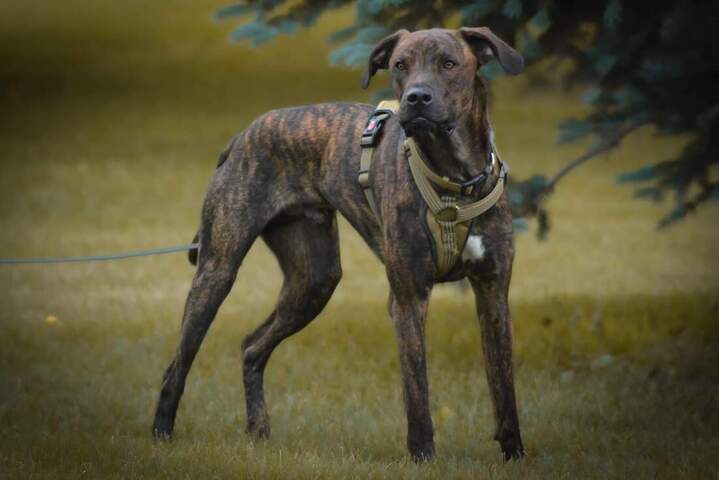
 RSS Feed
RSS Feed